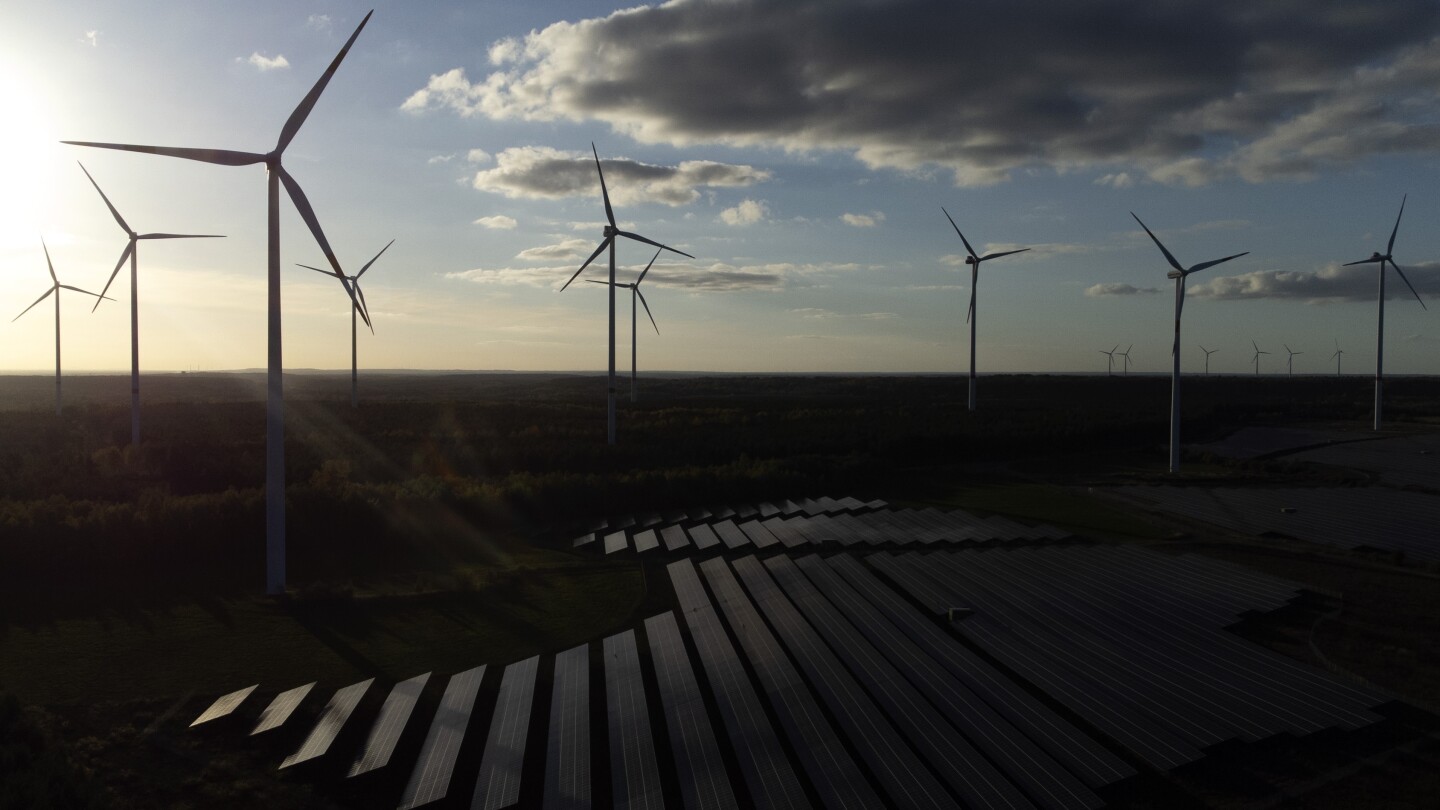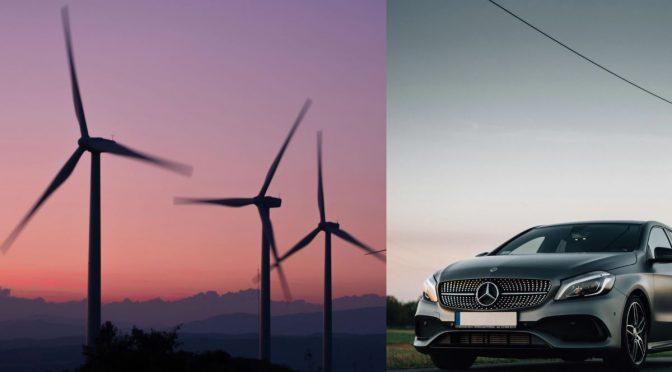Clean energy sources powered a record 47 percent of Europe’s electricity supply last year, surpassing fossil fuels for the first time, Al Jazeera reports, citing a new report by London-based think tank Ember.
The report highlights the significant progress made in the continent’s transition towards renewable energy.
Solar power saw unprecedented growth, reaching 11 percent of Europe’s electricity generation and overtaking coal for the first time. Combined, solar and wind power have now exceeded gas as a source of electricity, marking a significant milestone in Europe’s push towards a greener energy system. These advancements are crucial steps towards the European Union’s goal of reducing greenhouse gas emissions by 55 percent relative to 1990 levels by 2030.
Ember’s report also indicates that Europe’s power sector emissions have now fallen to less than half of their 2007 levels, attributing this success to broad political support for renewable energy across the political spectrum. A significant driving factor behind this shift has been the economic benefits of renewables. Since 2019, solar and wind power have saved European countries an estimated 59 billion euros ($61 billion) in fossil fuel imports, primarily gas. During the same period, the share of fossil fuels in the power sector dropped to 29 percent while renewables continued to climb.
Europe’s limited domestic resources of oil and gas have made the development of renewable energy a strategic priority for achieving energy autonomy, as the continent currently spends approximately half a trillion dollars annually on fossil fuel imports. This contrasts sharply with the United States, the world’s largest oil producer and exporter of liquefied natural gas (LPG).
New US President Donald Trump has signaled a different approach by declaring a national energy emergency aimed at accelerating oil and gas production and issuing an executive order that has temporarily halted wind farm development. This has created a policy divergence between the US and Europe on energy, where the US produced just 10 percent of its electricity from wind energy last year, compared to 17 percent in Europe and 29 percent in the UK.
While the US is focusing on fossil fuel production, other nations, including Australia, Qatar and Mauritania, are also increasing their energy supply by expanding gas liquefaction capabilities.
Several factors have fueled Europe’s renewable energy transformation, including the creation of the Recovery and Resilience Fund, a massive stimulus package designed to pull Europe out of the 2020 recession. This fund facilitated 1.8 trillion euros ($1.87 trillion) in investments, with a third allocated to green energy.
Furthermore, the conflict in Ukraine since 2022 has prompted a more rapid shift away from fossil fuels, as gas flows to the continent have been reduced. As a result, Europe has increased its LNG imports from other producers, such as the US, Australia and Qatar.
Ember’s previous reports show that Europe’s solar and wind sectors experienced a record 5 percent growth in both 2022 and 2023, highlighting the continent’s accelerating transition to clean energy.










The latest news in your social feeds
Subscribe to our social media platforms to stay tuned